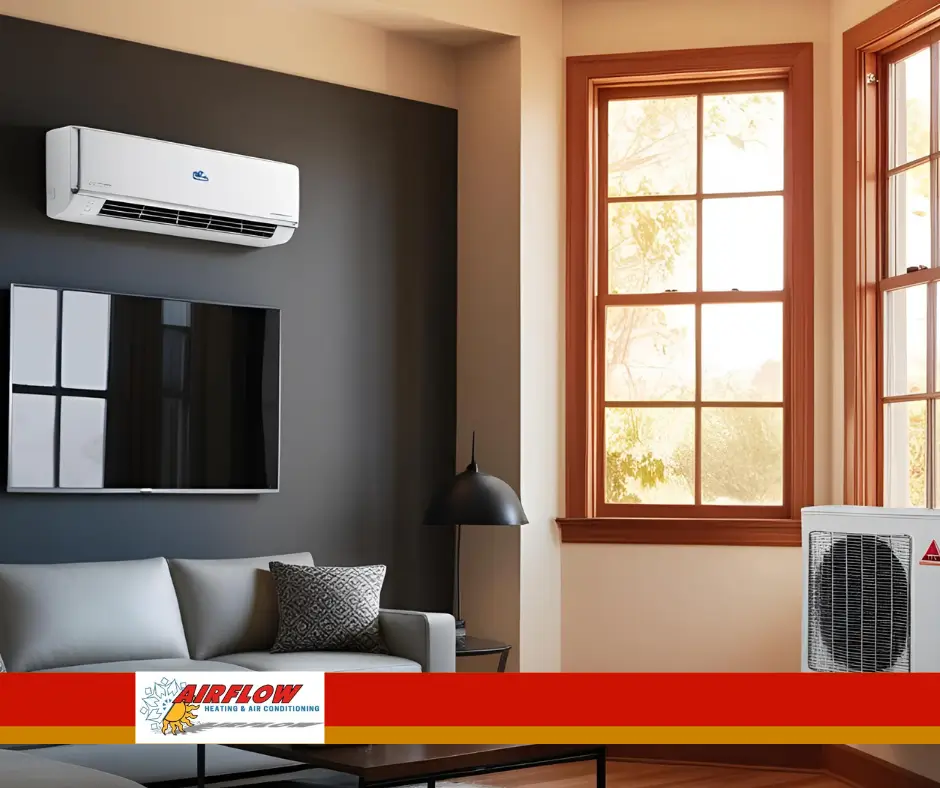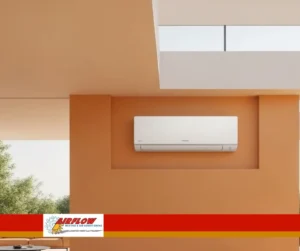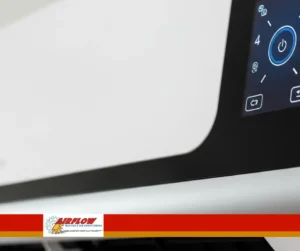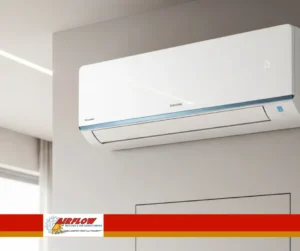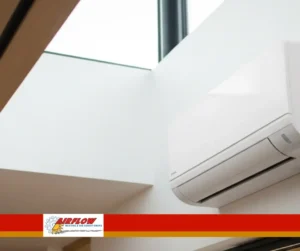When it comes to choosing the right cooling solution, many homeowners and small business owners face a common dilemma: window air conditioners or split systems? Both options serve the same core function—keeping your space cool—but they differ in cost, efficiency, aesthetics, and installation. Whether you’re planning a new air conditioning installation or upgrading an old unit, understanding the differences can help you make a smart, cost-effective decision.
1. Installation Process and Flexibility
Window AC Units:
Window units are often considered the simplest form of air conditioning installation. Designed to fit into a standard window frame, they typically require minimal tools and no professional help. This makes them a popular choice for renters and temporary cooling solutions. However, their placement is limited to window availability, which can be restrictive in some rooms or commercial settings.
Split Systems:
Split systems, including ductless mini-splits, require professional installation but offer far more flexibility. Each system consists of an outdoor compressor and one or more indoor air handlers, mounted on walls or ceilings. This allows for better airflow distribution and doesn’t block windows. Though the AC installation cost is higher, the result is a cleaner, more permanent solution with greater control over placement.
2. Energy Efficiency and Cost of Operation
Window Units:
Window ACs are generally affordable upfront and are best suited for small spaces. However, they are less efficient when used to cool multiple rooms. Some energy-efficient models are available, but energy loss can still occur around the unit due to poor sealing. If used for long hours or across multiple rooms, they can lead to higher monthly energy bills.
Split Systems:
Split systems, especially inverter-based mini-splits, are much more energy-efficient. Because they don’t rely on ductwork and allow zoned cooling, they reduce energy waste. Many models are ENERGY STAR® certified and come with programmable thermostats, contributing to long-term energy savings. While the initial air conditioning installation cost is higher, the return on investment often comes through lower utility bills.
3. Comfort and Temperature Control
Window Units:
These units offer straightforward cooling but often lack precision. Most window ACs have manual or basic digital controls, and it’s difficult to maintain a consistent temperature throughout the space. They’re great for spot cooling but not ideal for climate control in larger or multi-use areas.
Split Systems:
Split systems provide excellent temperature control. Each indoor unit can be set to a specific temperature, allowing for zoned comfort. This is especially useful in commercial environments or multi-room homes where different areas may require different cooling levels. Many systems also come with smart controls for remote management via smartphone apps.
4. Aesthetics and Space Considerations
Window Units:
Function over form best describes window units. They protrude from the window, block natural light, and are clearly visible both indoors and outside. In businesses, this might affect curb appeal or interior aesthetics.
Split Systems:
Split systems are much sleeker and more discreet. Indoor units are mounted high on walls or recessed into ceilings, blending with your decor. There’s no obstruction of windows, and the external compressor can be placed out of sight. This makes them ideal for modern homes and professional business settings alike.
5. Maintenance and Longevity
Window Units:
Maintenance is relatively simple—clean or replace filters and occasionally check seals. However, window units tend to have shorter lifespans (5–10 years) and are more prone to wear due to exposure to the elements.
Split Systems:
While requiring professional servicing, split systems generally last longer—often 15 to 20 years with proper maintenance. Routine inspections and filter cleaning help maintain performance, and many units come with extended warranties, which adds peace of mind to your air conditioning installation.
Conclusion: Choose What Fits Your Needs Best
Both window AC units and split systems have their place in the world of air conditioning installation. Window units offer low-cost, quick setup for small spaces, while split systems provide efficient, flexible, and visually pleasing cooling for homes and businesses. When making your choice, consider your budget, the size of the space, and how long you plan to stay in your current location. For a lasting, high-performance solution, investing in a split system may offer the best value and comfort in the long run.
READ MORE:

